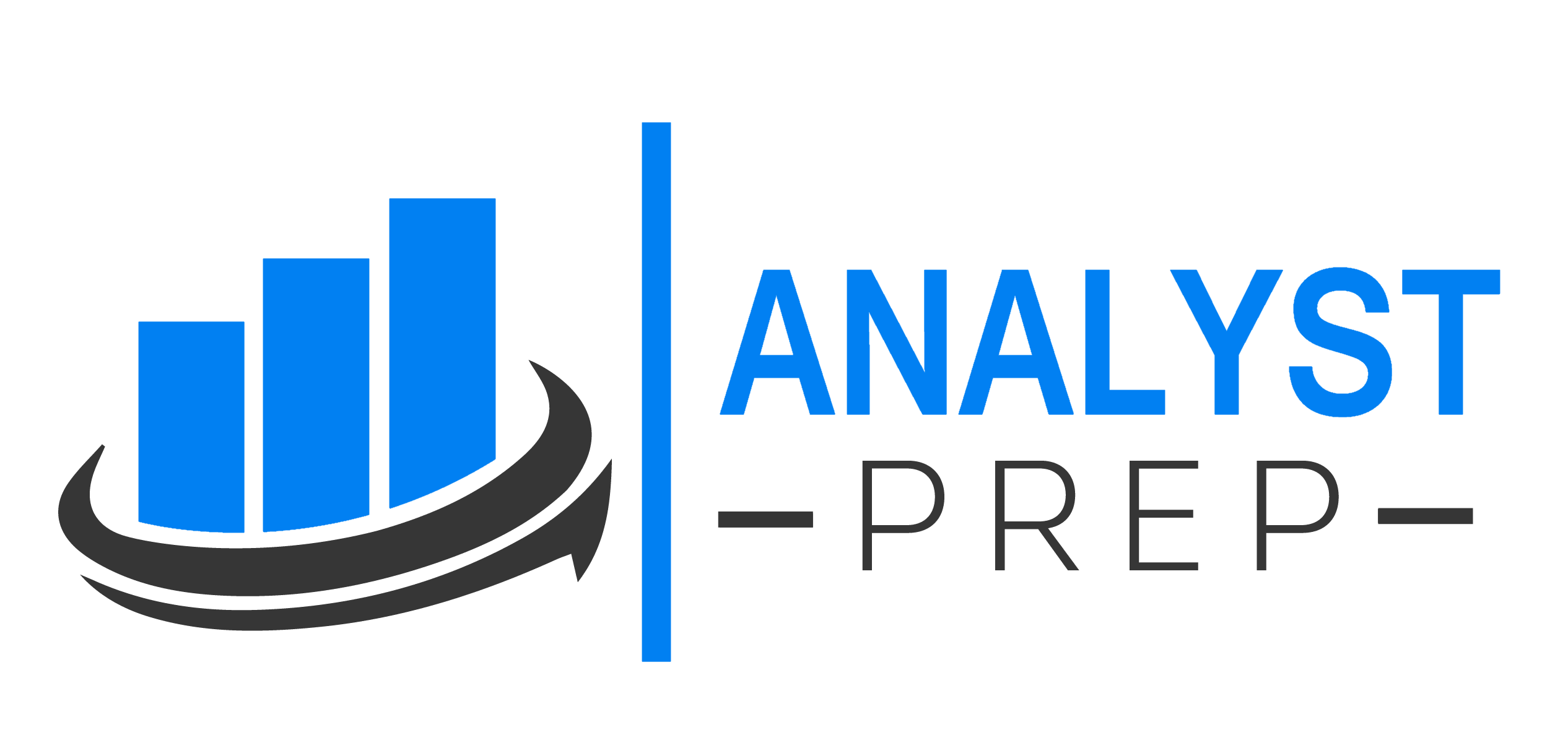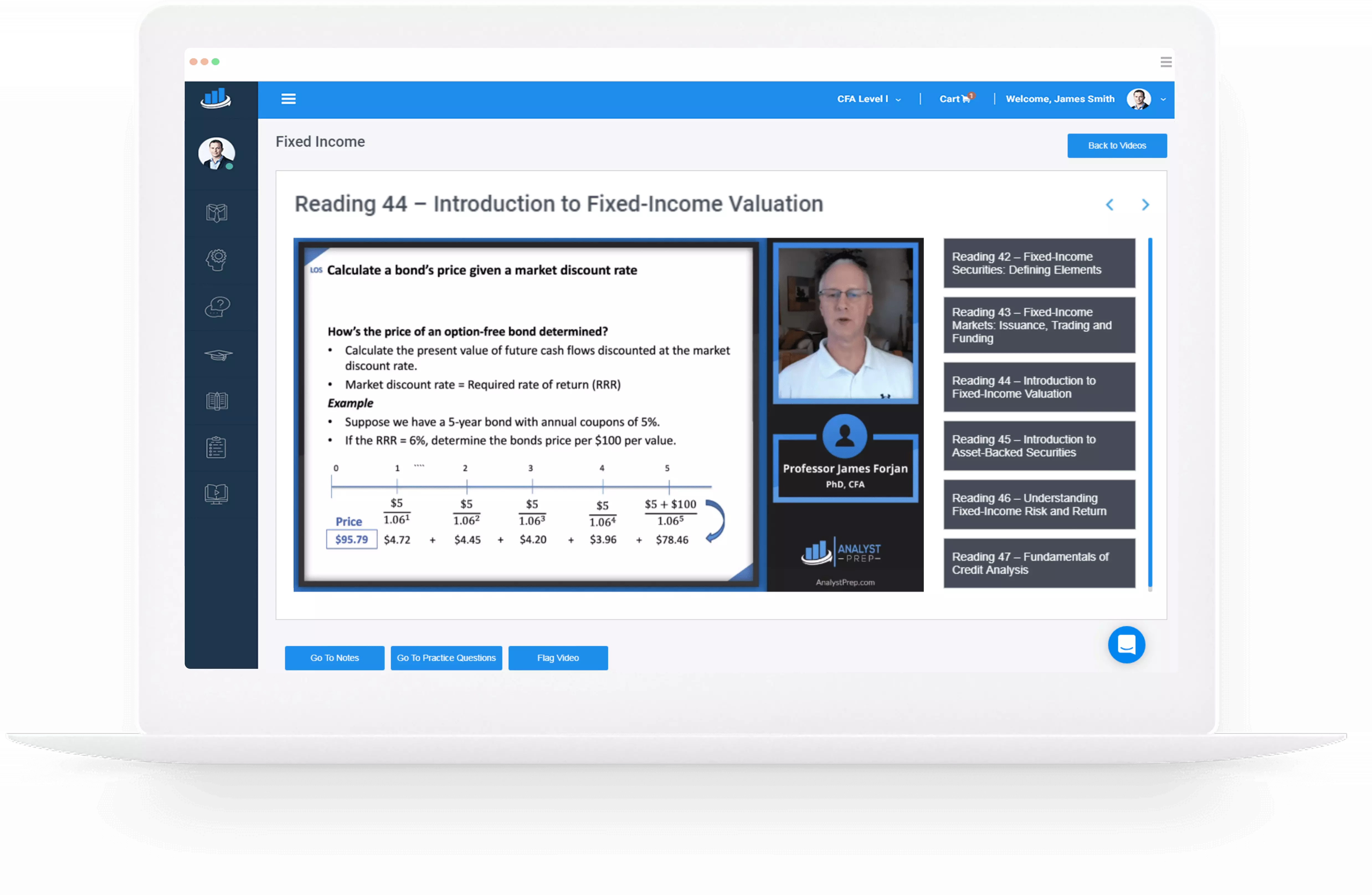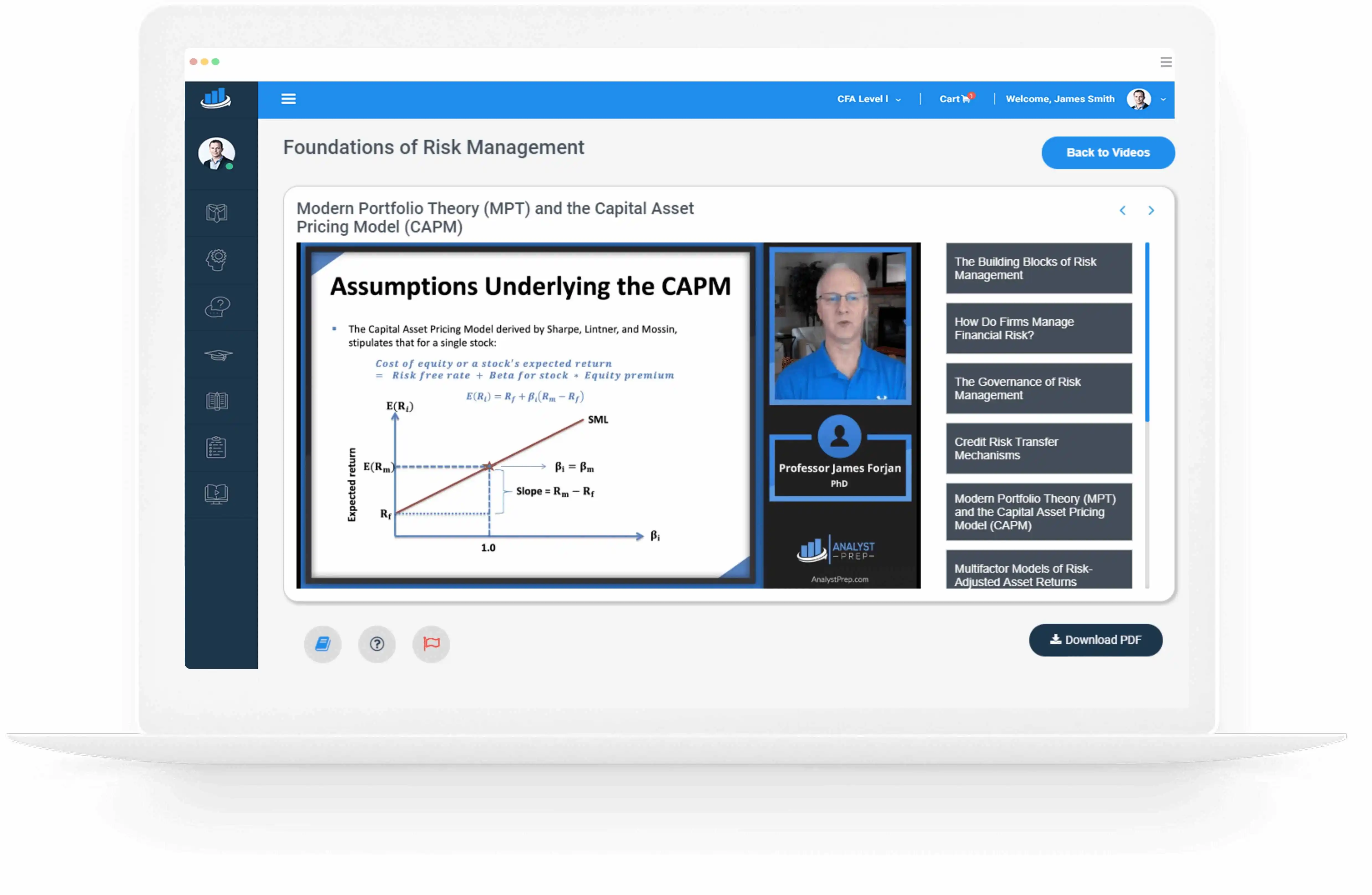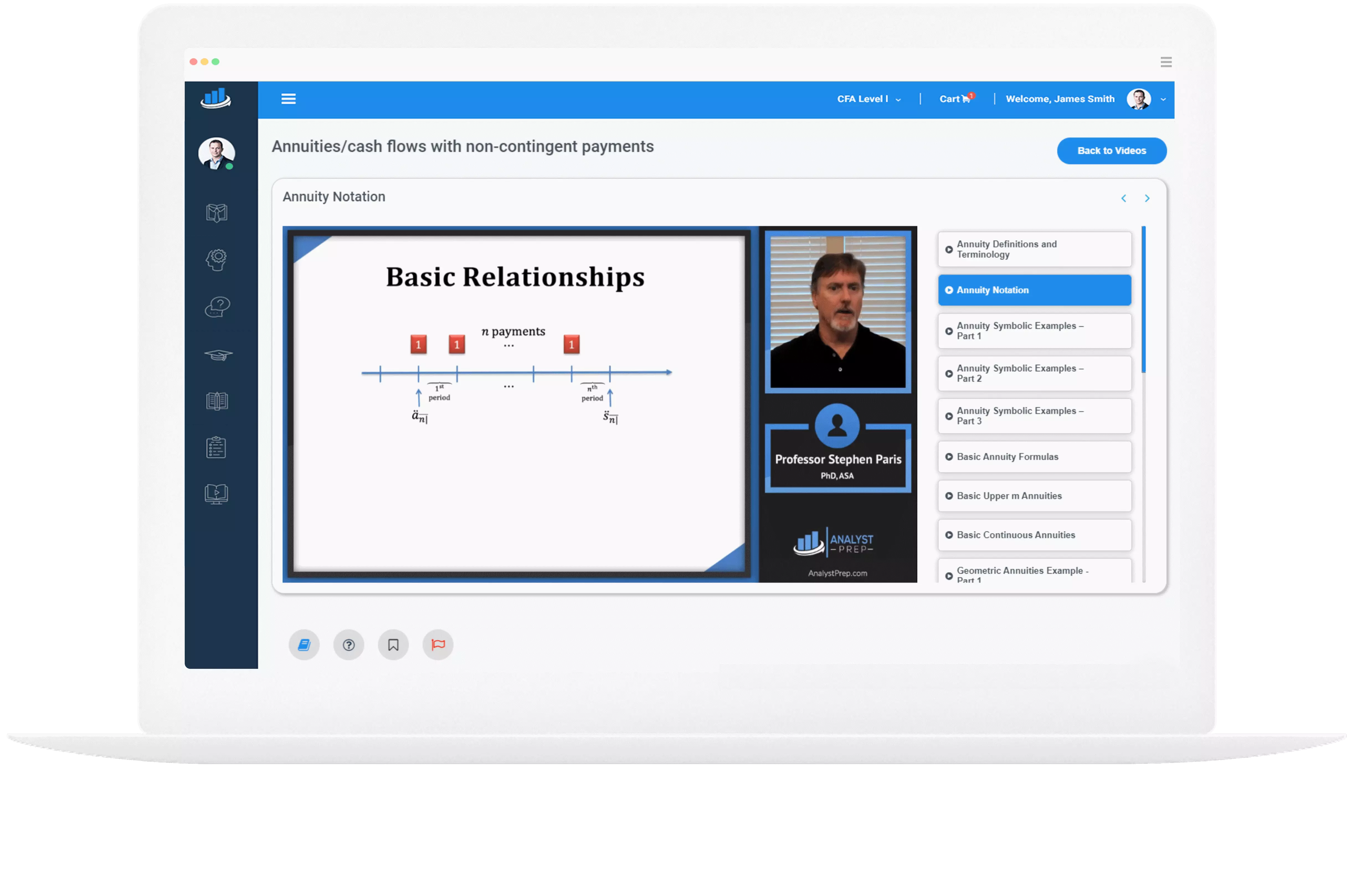Features and Investment Characteristics of Private Equity
Private capital refers to the funding provided to companies not sourced from public markets or traditional institutional providers such as government or banks. Private capital consists of private equity and private debt. Private Equity Private equity is an investment in…
Using Key Measures to Evaluate a Company’s Operating Profitability and Working Capital
Operating profitability and working capital are two key measures used to evaluate a company’s financial health. Operating profitability measures how much profit a company makes on a dollar of sales after paying for variable production costs but before paying interest…
Elements of Company Research Report
Financial analysts utilize specialized models when examining financial statements. The objective is to assess and offer investment guidance on issuers’ equity securities. These aren’t just any models; they’re quantitative blueprints that echo an analyst’s anticipations for the future – encompassing…
Purpose and Steps in Industry and Competitive Analysis
Recall that industry and competitive analysis is the second step in the company and industry analysis framework: Decoding Industry Dynamics and Profitability Industries are ecosystems of interrelated businesses, often sharing fundamental operational characteristics. Companies within an industry usually possess parallel…
Scenario Analysis in Forecasting
Industry and Business Risks Industry and business risks can lead to future outcomes that deviate from expectations. These risks are crucial in the final step of forecasting, where the possibility of different outcomes based on key risk factors is considered,…
Approaches to Forecasting a Company’s Operating Expenses and Working Capital
Issuer’s Disclosures about Operating Costs When it comes to operating costs, issuers tend to provide less detailed information compared to their revenue disclosures. Analysts often work with broader financial statement categories like cost of sales or SG&A. They might also…
Approaches to Forecasting a Company’s Revenues
Forecasting a company’s revenues is a critical aspect of financial analysis. It involves estimating future revenues using various approaches and considering different risk factors that might influence a company’s financial standing. In this lesson, we delve into different forecasting objects…
Principles and Approaches to Forecasting a Company’s Financial Results and Position
Forecasting a company’s financial results and position is a critical aspect of financial analysis. It involves predicting the future financial performance of a company based on various factors such as historical data, industry trends, and management guidance. The approaches to…
Benefits of Securitization
Securitization is a method that encompasses the pooling and transferring of the ownership of assets that generate cash flow, such as loans or receivables, to a special legal entity. This entity then offers securities, which are underpinned by these assets,…
Sources of Risk, Return, and Diversification among Natural Resource Investments
Commodities, farmland, and timberland possess varying return drivers and cycles. For instance, commodities are instantaneously priced on public exchanges, while the land has irregular pricing methodologies and may include inaccurate estimates. Moreover, commodity prices have risk and return drivers that…




